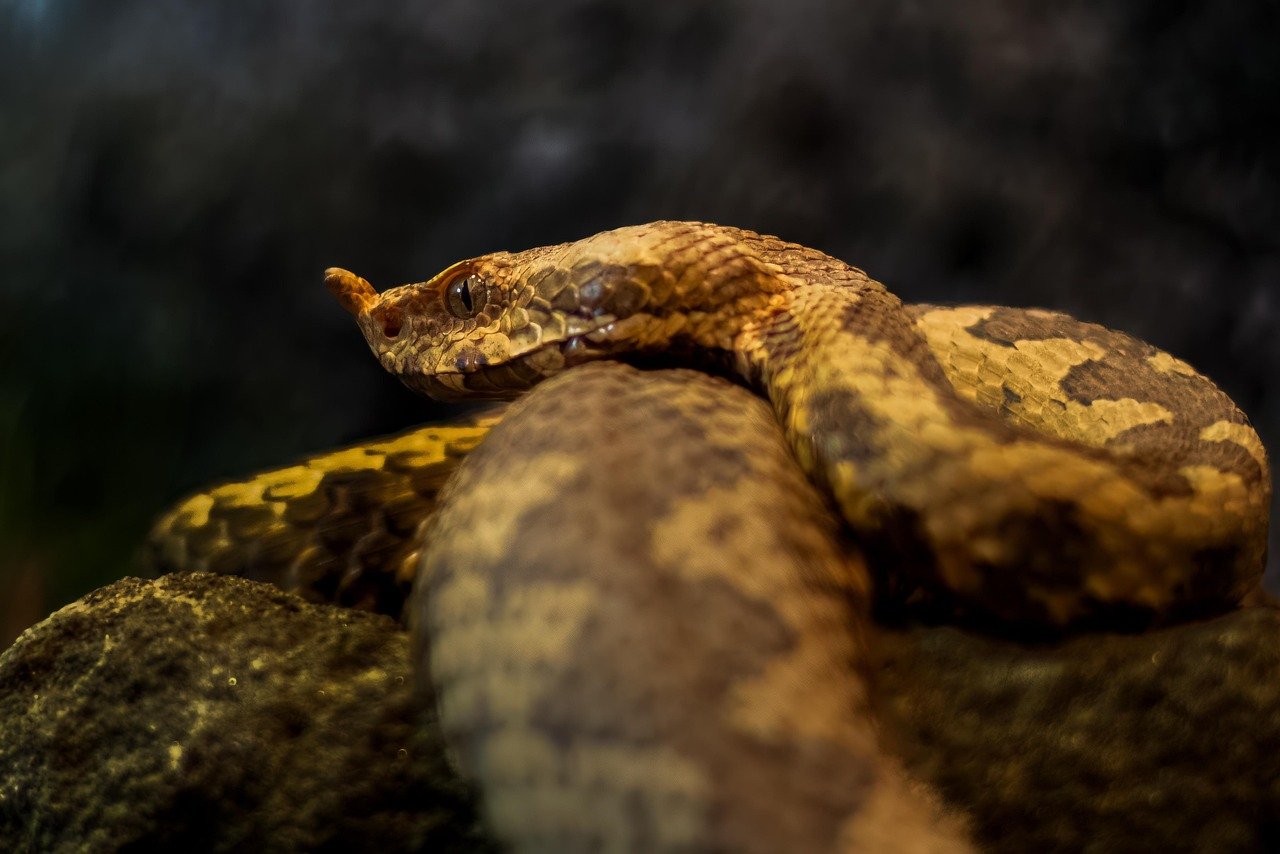Imagine a creature that glides without legs, senses heat in total darkness, and can swallow prey twice its size. Snakes have fascinated and mystified humans for centuries, often inspiring awe, fear, and admiration. For those who love these enigmatic reptiles, there’s an endless list of reasons to marvel at their extraordinary abilities. From their dazzling diversity to their mind-bending survival skills, snakes are truly a wonder of nature. Let’s dive into the astonishing world of snakes and uncover the 12 unique traits that set them apart from every other animal on earth.
Incredible Flexibility and Movement
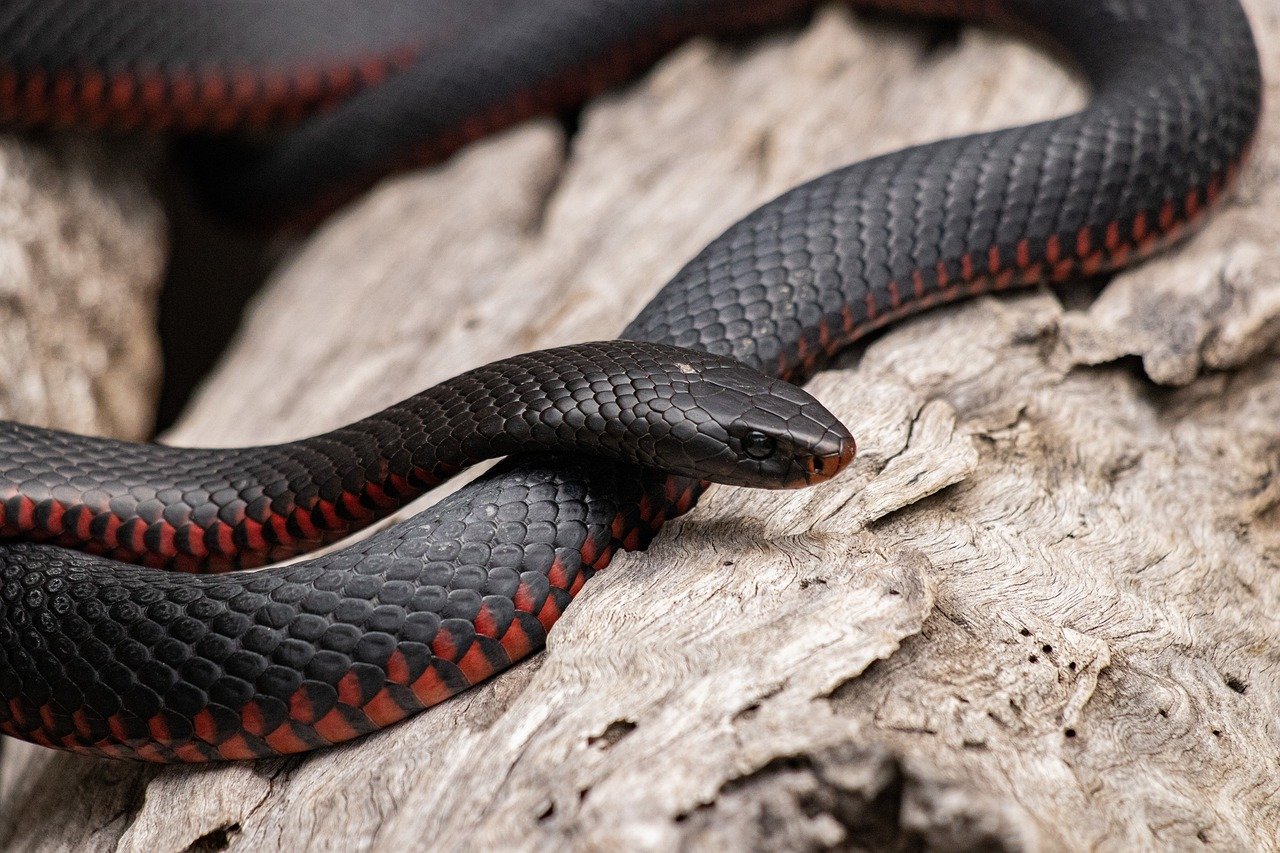
Mysterious, misunderstood, and utterly fascinating—snakes are some of the most unique creatures on the planet. With their silent movement, mesmerizing eyes, and ancient evolutionary history, snakes possess traits that set them apart from just about every other animal. Whether you’re a seasoned reptile enthusiast or simply intrigued by their quiet charm, there’s a lot more to these legless wonders than meets the eye.
Snakes are masters of movement, able to travel across sand, climb trees, swim through water, and even burrow beneath the earth—all without a single limb. Their bodies are made up of hundreds of vertebrae, each working like a tiny hinge, giving them a level of flexibility and control that’s hard to imagine. This allows them to slither in silence, coil tightly, or launch forward with lightning speed. Watching a snake move is like watching a living ribbon, fluid and mesmerizing. Their unique locomotion, including sidewinding, concertina, and rectilinear movement, helps them navigate nearly any environment. It’s this adaptability that has allowed snakes to thrive on every continent except Antarctica. Their movement is not just functional—it’s pure poetry in motion.
A Jaw Like No Other
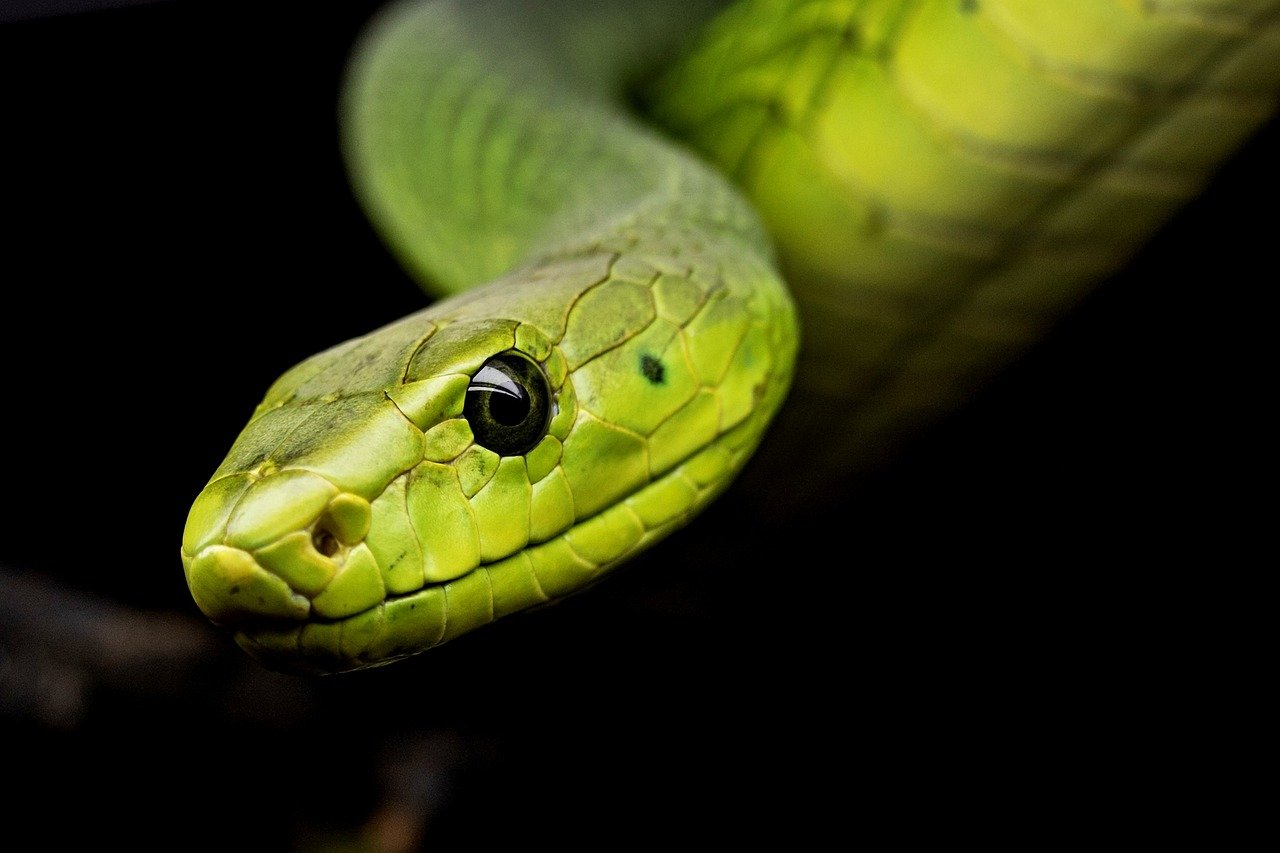
One of the most jaw-dropping features of snakes—literally—is their remarkable mouth. Unlike most creatures, a snake’s jaw isn’t fused at the chin. Instead, it’s connected by stretchy ligaments that allow them to open their mouths incredibly wide. This means a snake can swallow prey much larger than its own head, sometimes even twice as big. Imagine trying to eat a watermelon whole, and you get the idea! Their lower jaws also move independently, allowing a snake to “walk” its mouth over its meal bit by bit. This trait is not just impressive; it’s essential for survival, letting snakes feast on a wide variety of prey. It’s nature’s ultimate example of “one size fits all.”
Shedding Skin: A Fresh Start
Snakes regularly shed their skin, a process known as ecdysis. Unlike humans, who lose skin cells gradually, snakes shed their entire outer layer in one go, often leaving behind a perfect replica of themselves. This transformation isn’t just about growth—it’s also a way to remove parasites and repair damaged skin. Watching a snake emerge from its old skin is like witnessing a magical rebirth. The new skin underneath is brighter, cleaner, and sometimes even more vividly colored. This process also helps snakes heal from cuts or scrapes, making them remarkably resilient. For snake lovers, a freshly shed snake is a sight to behold, gleaming with new life.
Heat-Sensing Superpowers
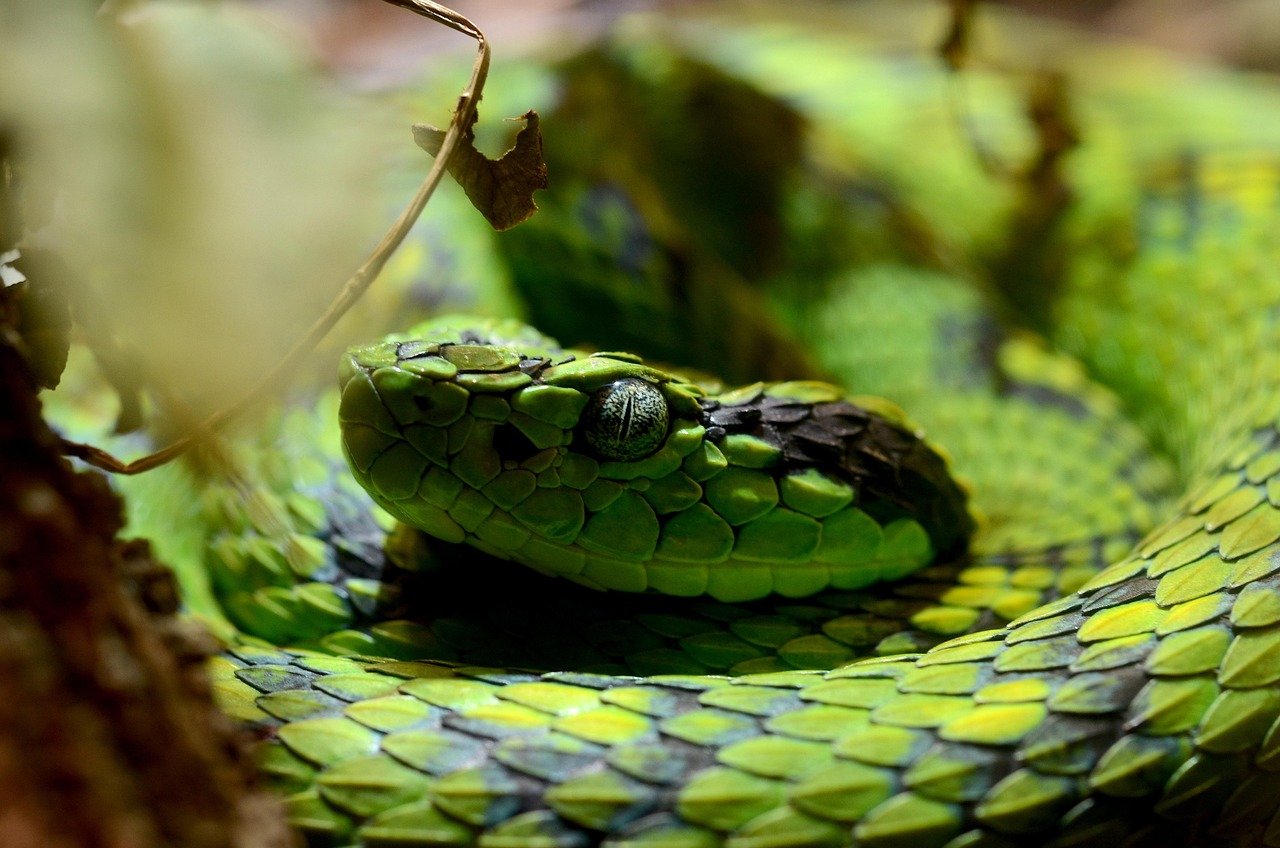
Some snakes, especially pit vipers, boas, and pythons, possess a superpower that seems almost supernatural: the ability to sense heat. Tiny pits located on their faces detect infrared radiation, allowing them to “see” the body heat of their prey, even in complete darkness. This sixth sense turns them into night-time hunters, able to strike with deadly accuracy even when their eyes can’t see. It’s like thermal vision goggles built right into their heads. This adaptation gives these snakes an incredible edge in the wild, and it’s one of the most fascinating abilities in the animal kingdom. The idea that a creature can sense heat this way feels almost like a superpower from a comic book.
Venom: Nature’s Chemical Weapon
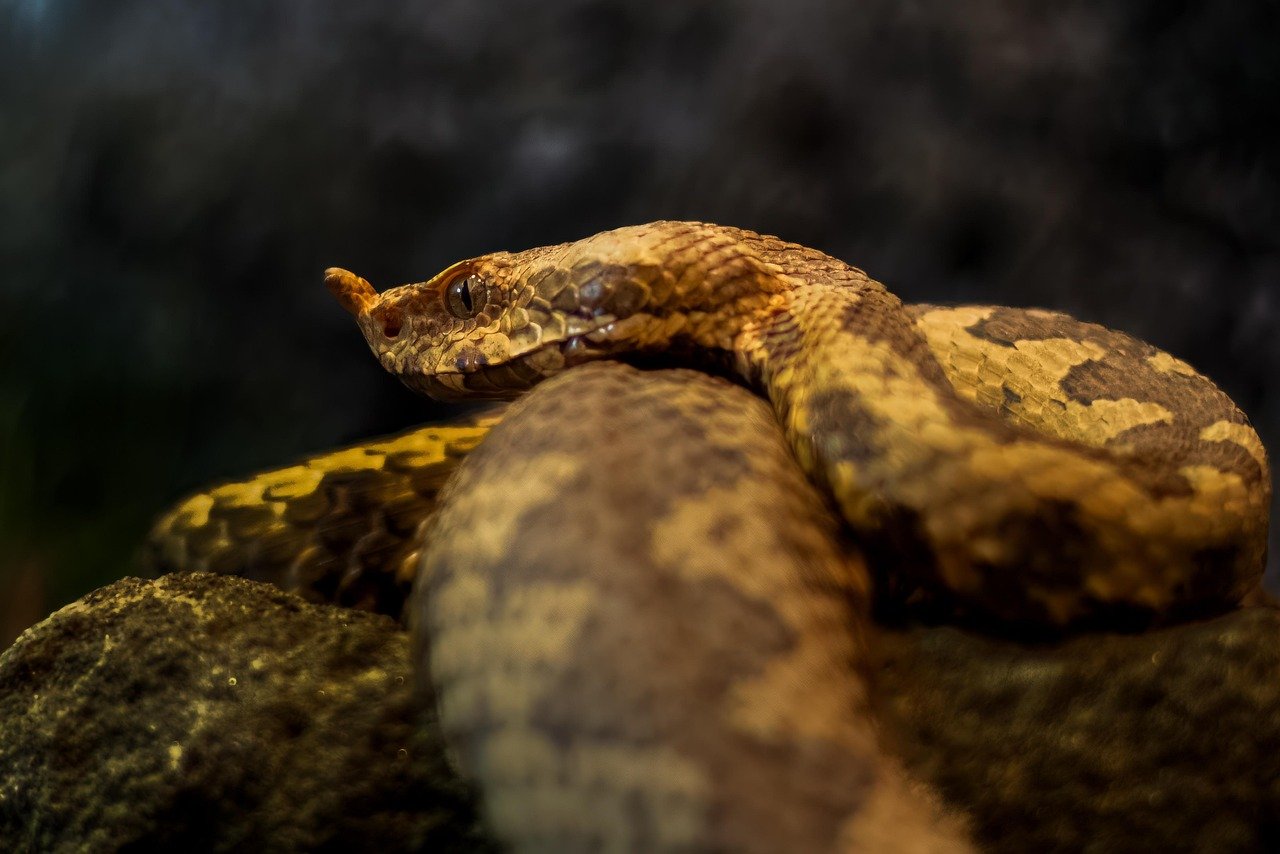
Many snakes wield venom, one of nature’s most powerful defenses and hunting tools. Venom is a complex cocktail of proteins and enzymes, uniquely tailored by each species. Some venoms are designed to paralyze, others to break down tissue, and some do both at once. This potent weapon helps snakes subdue prey quickly and protect themselves from predators. But venom isn’t just about danger—it’s also about beauty and complexity. Scientists study snake venom to develop new medicines and painkillers, turning a deadly trait into a source of healing. The duality of venom—deadly in the wild, life-saving in the lab—is a testament to the snake’s incredible place in nature.
Remarkable Camouflage
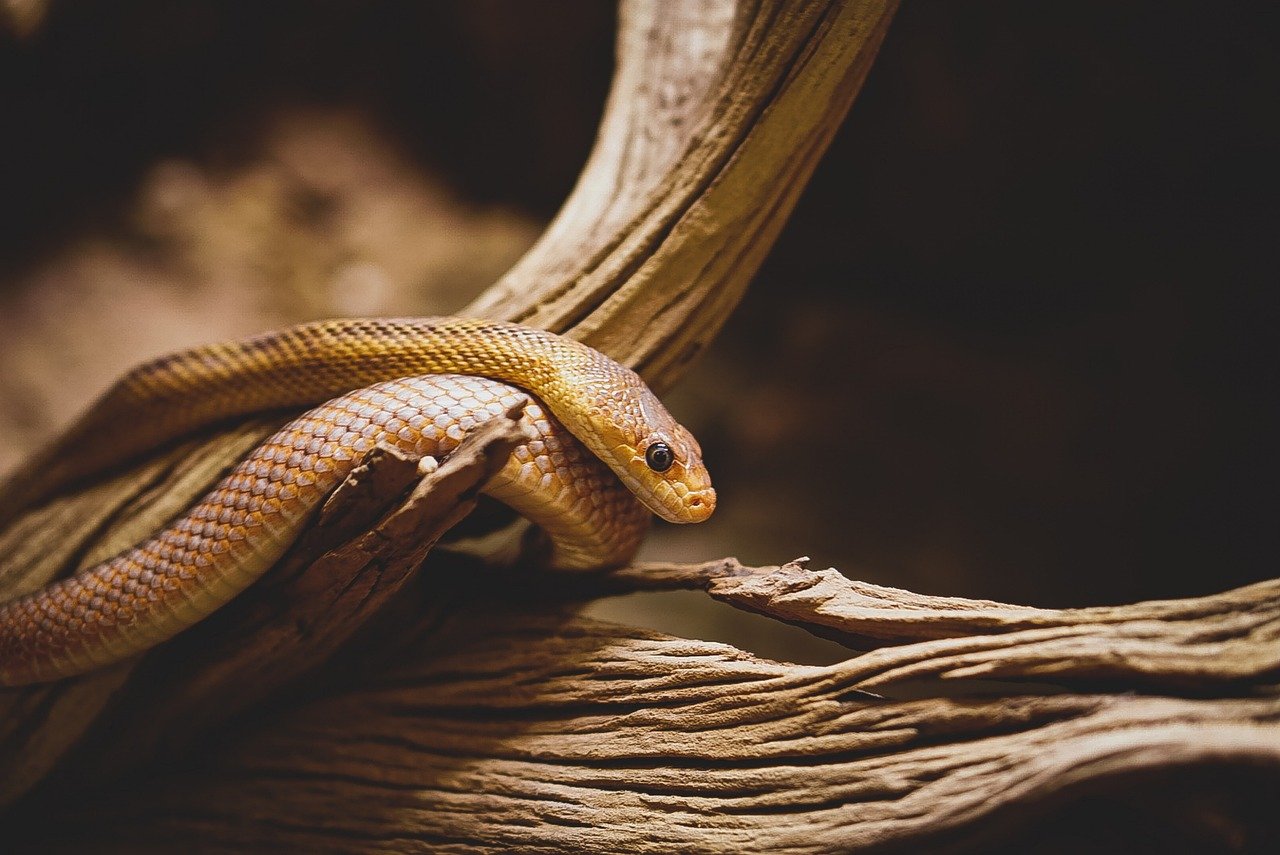
Snakes are experts at blending in with their surroundings, using their colors and patterns as natural camouflage. Some mimic the leaves and branches of trees, while others look just like sand, rocks, or even fallen leaves. This camouflage helps them avoid predators and sneak up on unsuspecting prey. The diversity of snake patterns is astonishing: from the dazzling colors of coral snakes to the earthy browns of vipers. Some species, like the horned viper, even have scales that look like small twigs. This ability to disappear into their environment is not just a trick—it’s a crucial survival skill and one of the reasons snakes are such successful hunters.
Unbelievable Diversity
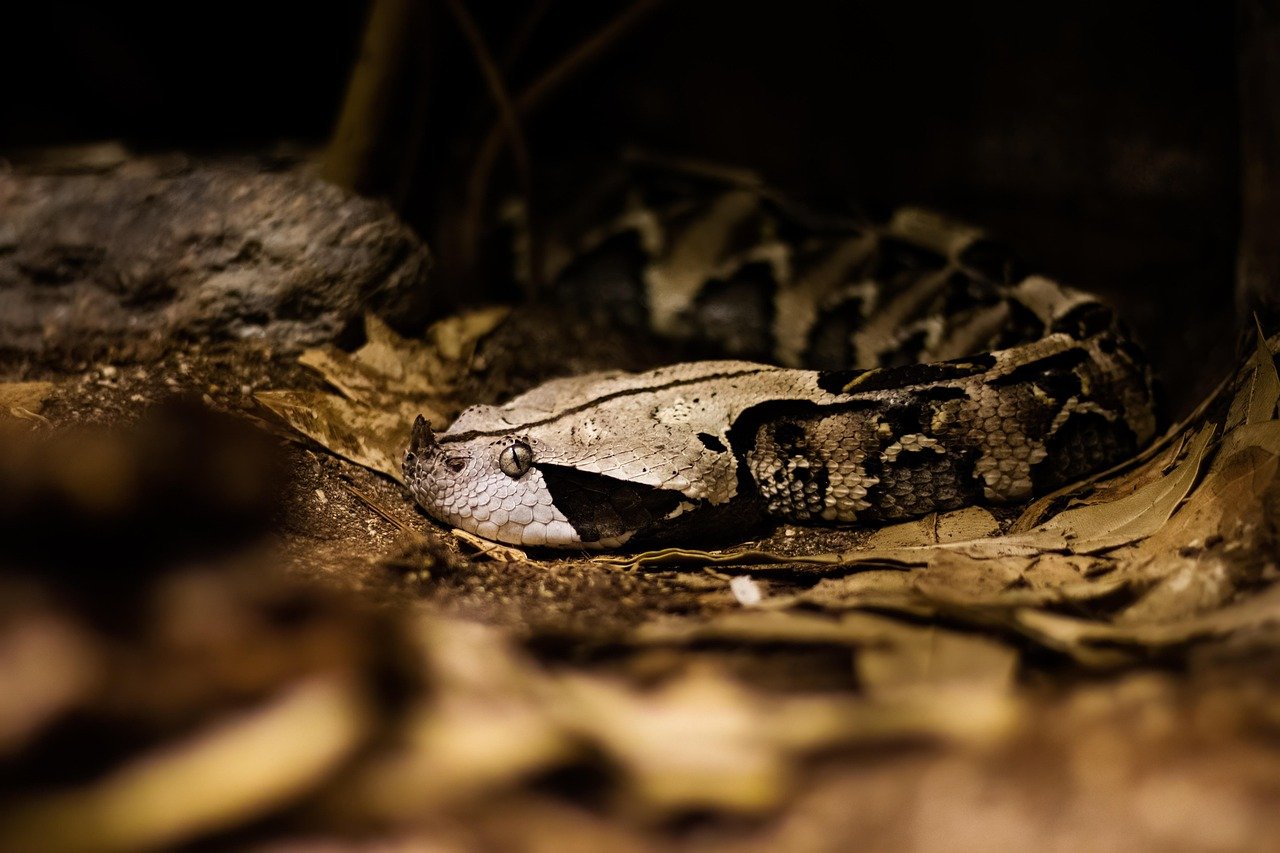
There are over 3,000 species of snakes on our planet, each with its own unique traits and adaptations. From the tiny thread snake, barely the length of a pencil, to the massive reticulated python, which can grow longer than a school bus, snakes come in every shape and size imaginable. They live in deserts, forests, oceans, and even high up in the mountains. Some are brightly colored, warning of danger, while others are perfectly camouflaged. This incredible diversity means there’s always something new to discover in the world of snakes. For enthusiasts, it’s a never-ending adventure, full of surprises and awe-inspiring creatures.
Silent Communication
Snakes may not have vocal cords, but they are far from silent. They communicate using body language, vibrations, and even pheromones. When threatened, a snake might hiss, rattle, or flatten its body to appear larger. Some, like the cobra, fan out their hoods as a dramatic warning. Others create vibrations in the ground to signal their presence or deter predators. Snakes also use their forked tongues to “taste” the air, detecting chemical signals left by other animals. This silent language is subtle but powerful, allowing snakes to interact with their world in ways that are easy to overlook but endlessly fascinating.
Egg-Laying and Live Birth
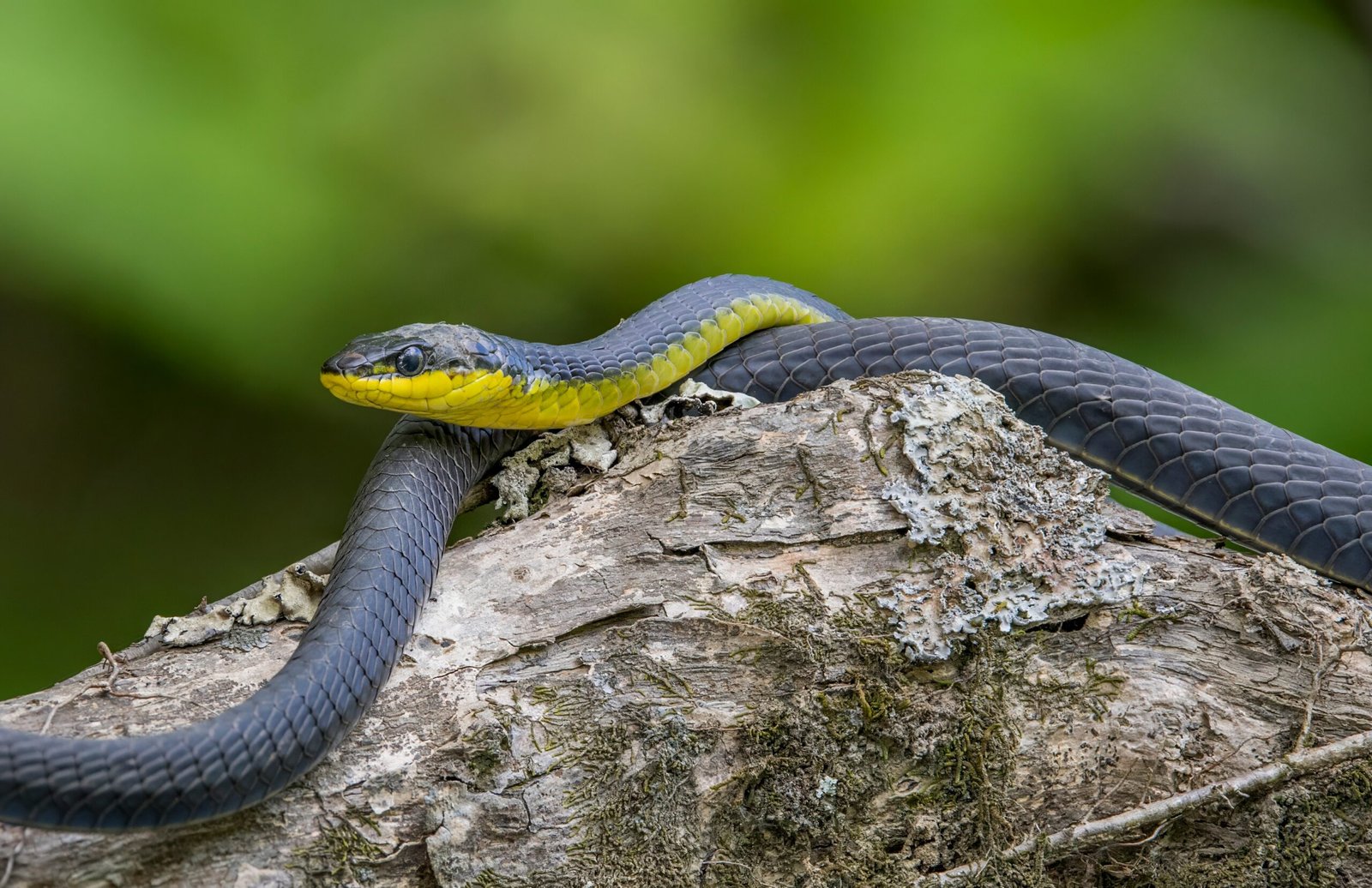
Most people are surprised to learn that not all snakes lay eggs. While many do, some give birth to live young, a trait known as viviparity. This adaptation allows snakes to thrive in a variety of environments, from dry deserts to icy mountains. Egg-laying species carefully hide their eggs, while live-bearing snakes carry their babies inside until they’re ready to face the world. This diversity in reproduction is just another example of how snakes have evolved to survive almost anywhere. For snake lovers, the birth of a snake—whether from an egg or live—feels like witnessing a small miracle.
Unusual Feeding Habits
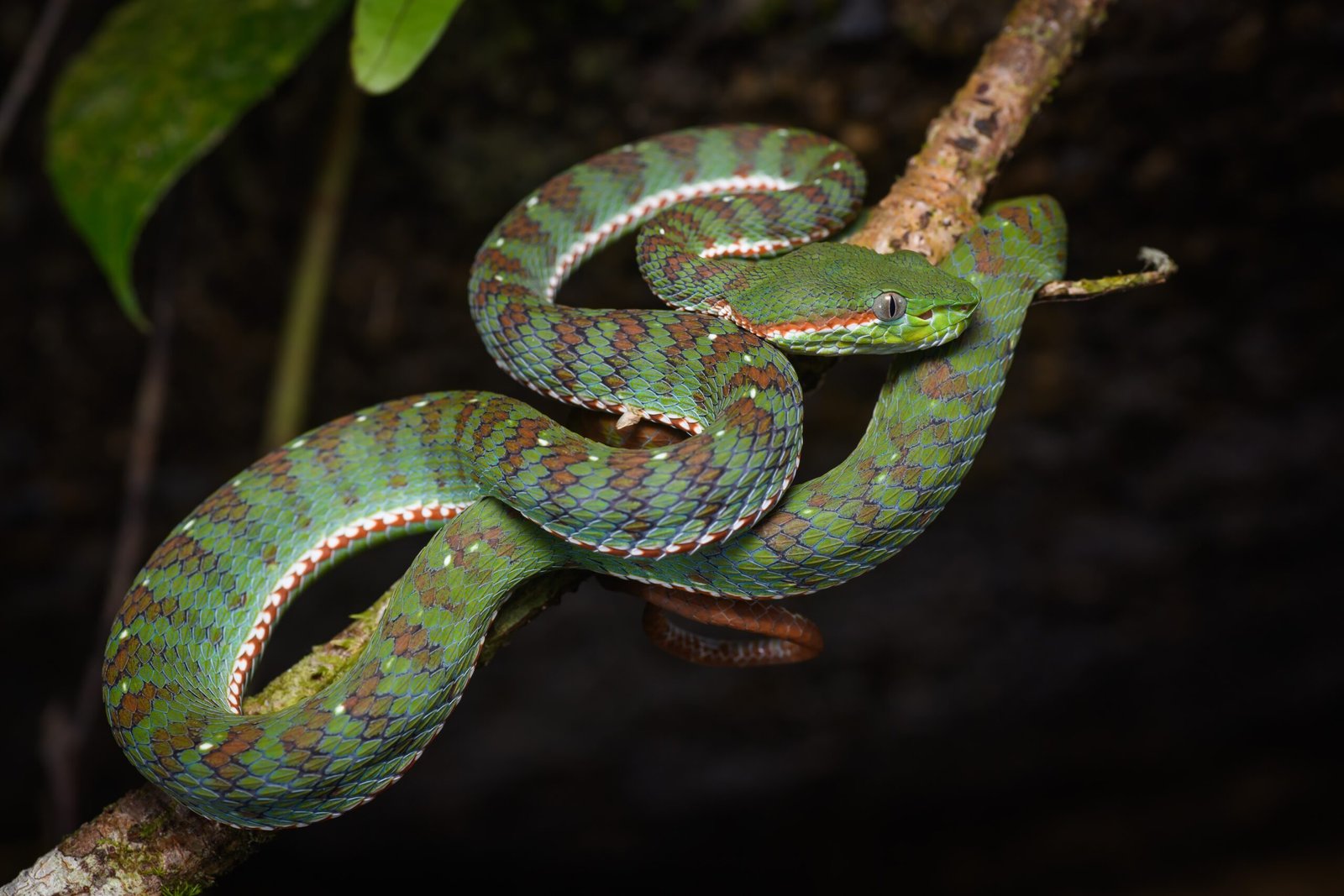
Snakes are renowned for their unusual eating habits. They can go weeks or even months between meals, thanks to their slow metabolism. When they do eat, they consume their prey whole, bones and all, with their powerful digestive systems breaking everything down. Some snakes have even been known to eat other snakes, earning them the nickname “ophiophagous.” Watching a snake eat can be both shocking and awe-inspiring, a reminder of the raw power and efficiency of nature. Their ability to survive on so little food makes them astonishingly resourceful animals.
Autotomy: Surviving at a Cost
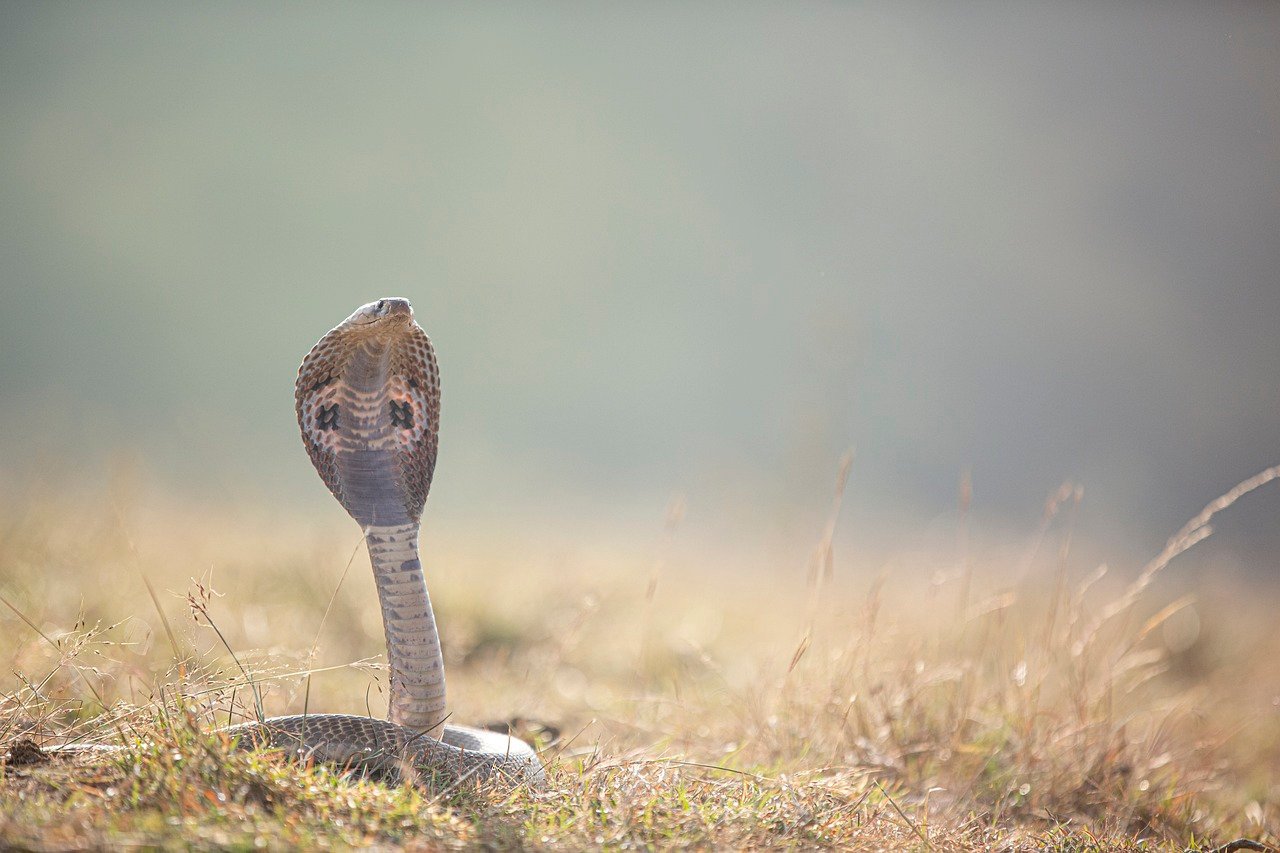
While not all snakes can do this, some species have the ability to shed the tip of their tail as a distraction when threatened—a trait known as autotomy. The wriggling tail draws the attention of predators, giving the snake a chance to escape. This remarkable defense mechanism does come at a cost, as the lost tail tip doesn’t grow back in some species. Still, it’s a testament to the snake’s incredible survival instincts. The willingness to lose a part of themselves to live another day is both heartbreaking and inspiring, showing just how tough and determined snakes can be.
Long Lifespans
Snakes are not just survivors—they’re long-lived ones, too. Many species can live for decades, especially in captivity. Ball pythons, for example, can live 30 years or more, while some boas have been known to reach 40. Their longevity is tied to their slow metabolism and careful, energy-efficient lifestyles. For snake enthusiasts, this means years—sometimes even a lifetime—of companionship and discovery. The idea of sharing your life with such an ancient, wise creature is part of what makes loving snakes so unique and rewarding.
Snakes are truly one of nature’s most extraordinary creations. From their jaw-dropping abilities to their stunning diversity, these reptiles have earned a special place in the hearts of those who take the time to understand them. Which of these traits surprised you most?

Born and bred in South Africa, a Capetonian at heart. Amy-Leigh’s love for nature and animals was inherited from her Dad. He loves taking the family on road trips to experience nature at its finest; Amy-Leigh’s favourite being whale watching in Hermanus and spotting Kudu along the West Coast. Amy-Leigh holds a BA in English Literature and Communication Studies.

